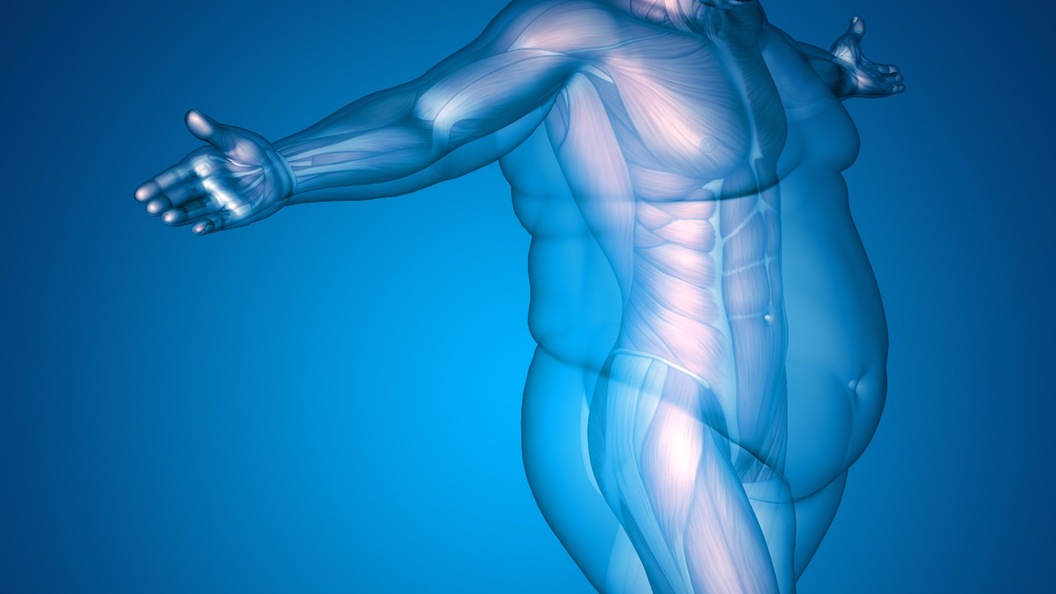While it's known that the brain is responsible for instructing our fat stores to break down and release energy as we need it, scientists haven't yet been able to pin down exactly how this process plays out. Leptin, a hormone produced by our fat cells, travels to the brain to regulate appetite, metabolism and energy, but it hasn't been clear what communication was coming back the other way. New research has now uncovered this missing link for the first time, revealing a set of nerves that connect with fat tissue to stimulate the process in a development that could lead to new types of anti-obesity treatments.
The leptin hormone was identified around 20 years ago as a regulator of the body's metabolism. Low levels of the hormone serve to boost one's appetite and slow metabolism, while conversely, high leptin levels dull the appetite and facilitate better fat breakdown. Using a combination of techniques, a research team led by Ana Domingos from Portugal's Instituto Gulbenkian de Ciência were able to shed light on how leptin behaves when sending signals back to the fat by finding the nerves that meet with white fat tissue to prompt its breakdown.
"We dissected these nerve fibers from mouse fat, and using molecular markers identified these as sympathetic neurons," explains Domingos. "When we used an ultra sensitive imaging technique, on the intact white fat tissue of a living mouse, we observed that fat cells can be encapsulated by these sympathetic neural terminals."
But to determine the extent of these neurons' role in obesity, the team carried out further research on mice. The rodents were genetically engineered so that these neurons could be switched on and off through optogenetics, where brain cells are made to behave differently by exposing them to light. Optogenetics is an emerging technique we have seen explored as a means of treating blindness and altering our pain threshold, among other things.
Domingos' team found that flicking the switch on the neurons locally triggered the release of a neurotransmitter called norepinephrine, which in turn flooded the fat cells with signals that brought about fat breakdown. The team report that without these sympathetic neurons, leptin was not able to stimulate fat breakdown on its own. Therefore the findings suggest that these sympathetic neurons offer a potential target for obesity treatments other than leptin, which the brains of many obese people have a resistance to.
"This result provides new hopes for treating central leptin resistance, a condition in which the brains of obese people are insensitive to leptin," says Domingos.
The team's research was published in the journal Cell.
Source: Instituto Gulbenkian de Ciência
http://www.gizmag.com/neural-mechanism-fat-breakdown-anti-obesity-therapies/39601
